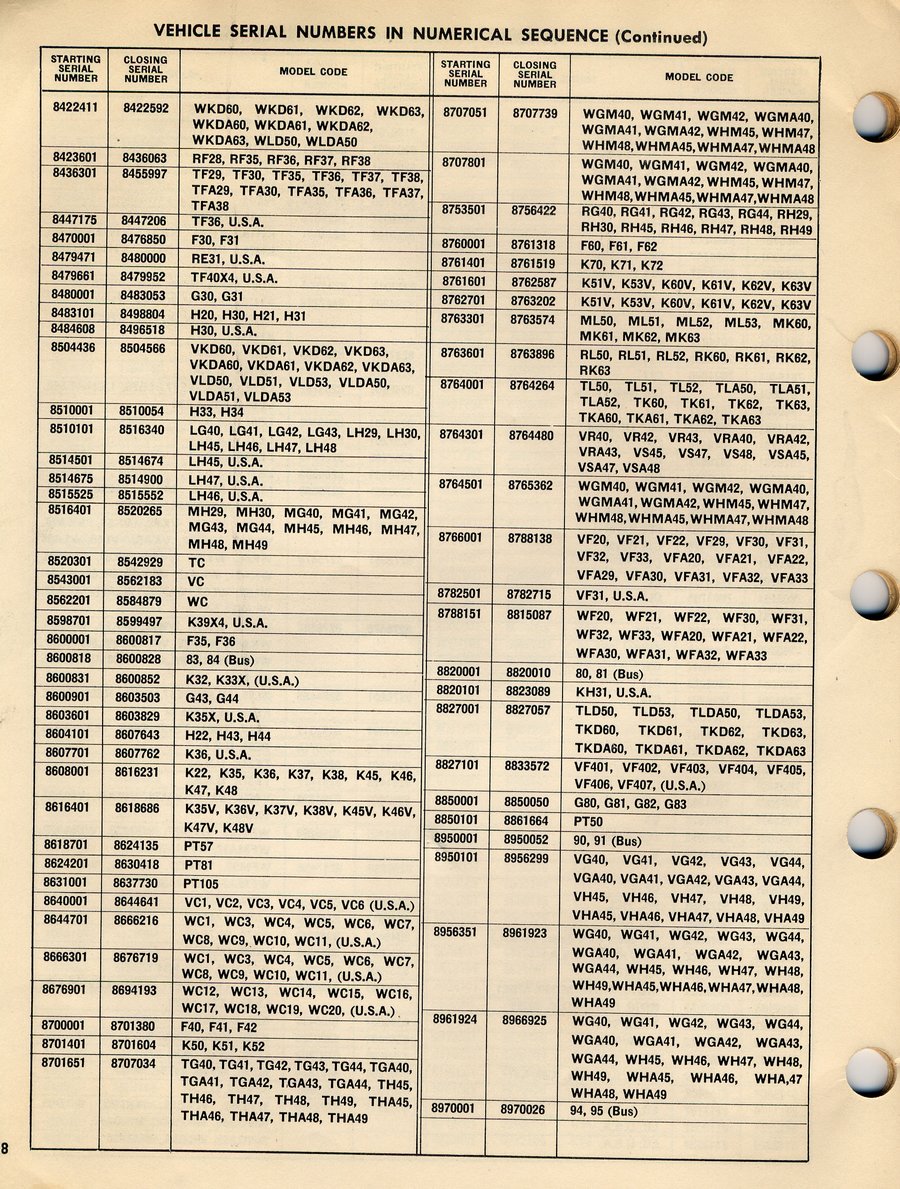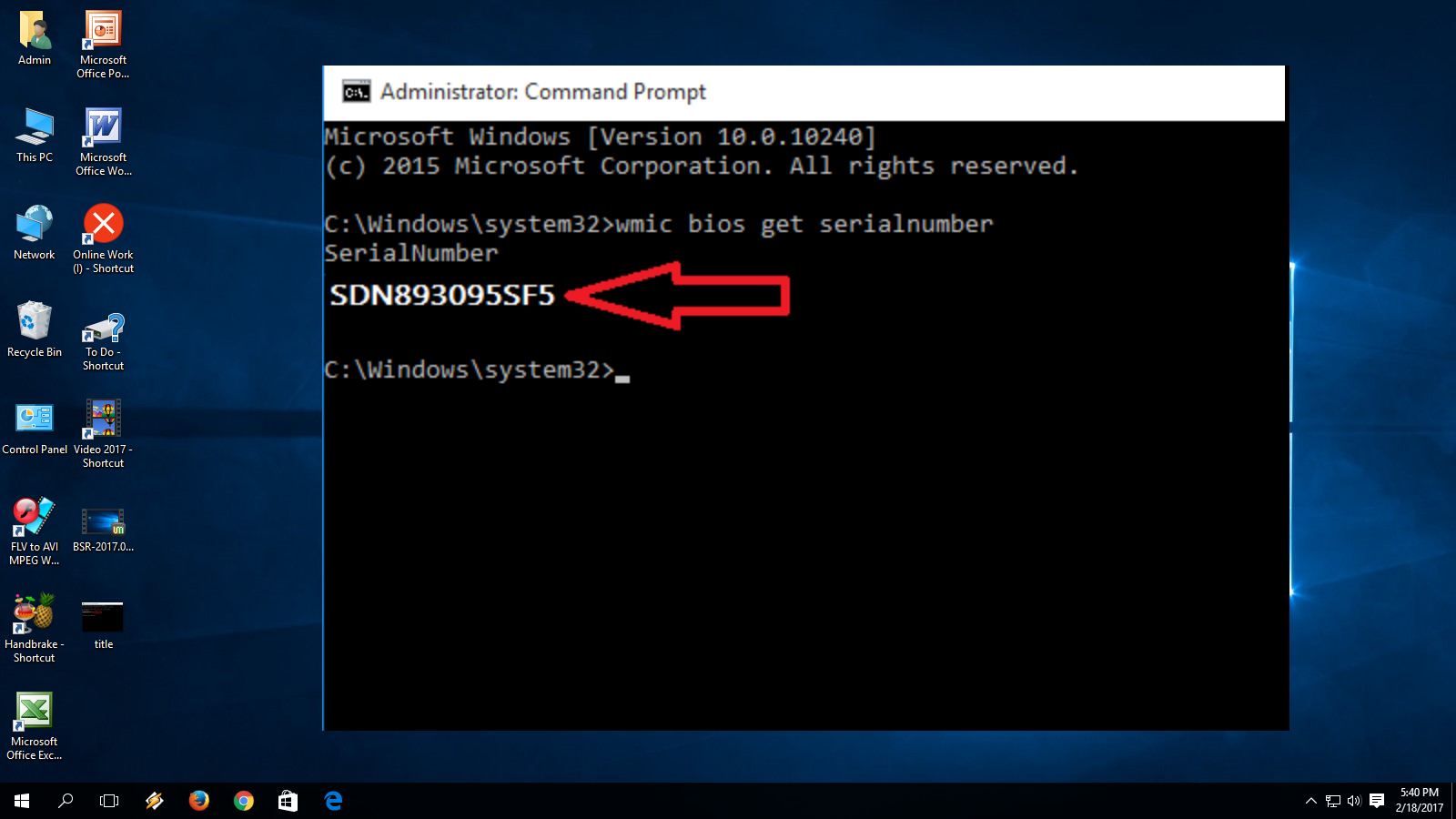
SERIAL DRIVER
If you installed an instrument driver, refer to IVI instrument driver examples. Having MAX Test Panels open and running a LabVIEW example simultaneously will result in an access resource error. Note: Close MAX before you start running a LabVIEW example. Use these examples as programming references and an easy way to start using your instrument.
SERIAL INSTALL
The instrument driver and NI-VISA driver will install examples and the API required to communicate with your instrument. Follow the links in the document to install and use the instrument driver. Refer to Choosing the Right Interface to Control Instruments in LabVIEW to determine which instrument driver type is best for your application. The display window will outline the write and read operations.Īfter completing your configuration and verifying communication with the instrument, you can easily transition from interactive mode to programming mode by using an instrument driver.
SERIAL MANUAL
Refer to your instrument’s user manual for supported commands. In the Basic I/O tab, input a supported command and select Query. In the Test Panel window, select Input/Output. In MAX, select the COM port of interest and select Open VISA Test Panel. If you are using RS-485, select the Advanced tab and make sure the Transceiver Mode is set correctly.Īfter set up and configuration, use VISA Test Panels to verify communication with the instrument and test different instrument commands. Click Validate to make sure the settings are supported by the hardware. Refer to your instrument’s user manual for the required settings. Confirm the settings for baud rate, package size, stop bits, and parity bits are compliant with the instrument. You can change the VISA Alias for easier identification. Select the VISA resource and select the General tab.

SERIAL SERIAL
If you are unable to see the COM port, refer to Serial COM Ports Missing in MAX or LabVIEW. If you are using an NI serial interface device, the COM port will appear under the interface. You should see the VISA resource name of the COM port listed as ASRL. In Measurement and Automation Explorer (MAX), NI-VISA detects the instrument and creates the VISA resource for the serial communications (COM) port that you use to communicate with the instrument.Įxpand Devices and Interfaces. If you have a two-wire RS-422/485 instrument, refer to Set Up 2-Wire (Half-Duplex) Communication with RS-485 Port. If your computer already has a serial port, skip to the next step.Ĭonnect the instrument’s port to the NI serial interface device or the computer’s port via a serial cable and power it on. If you are using NI serial interface device, refer to the Serial Installation Guide to install the hardware.


If you are using a NI serial interface device, also install the latest compatible version of the NI-Serial driver. Install the latest compatible version of LabVIEW and the NI-VISA driver.

NI Serial Hardware Specifications and Features.Refer to the following for more information. Consult the pinout or documentation for your serial instrument and make sure you have the correct cables and/or serial interface hardware to connect it to the computer.


 0 kommentar(er)
0 kommentar(er)
